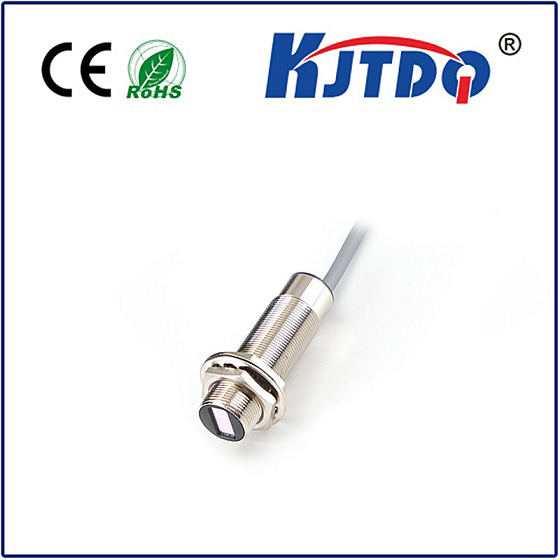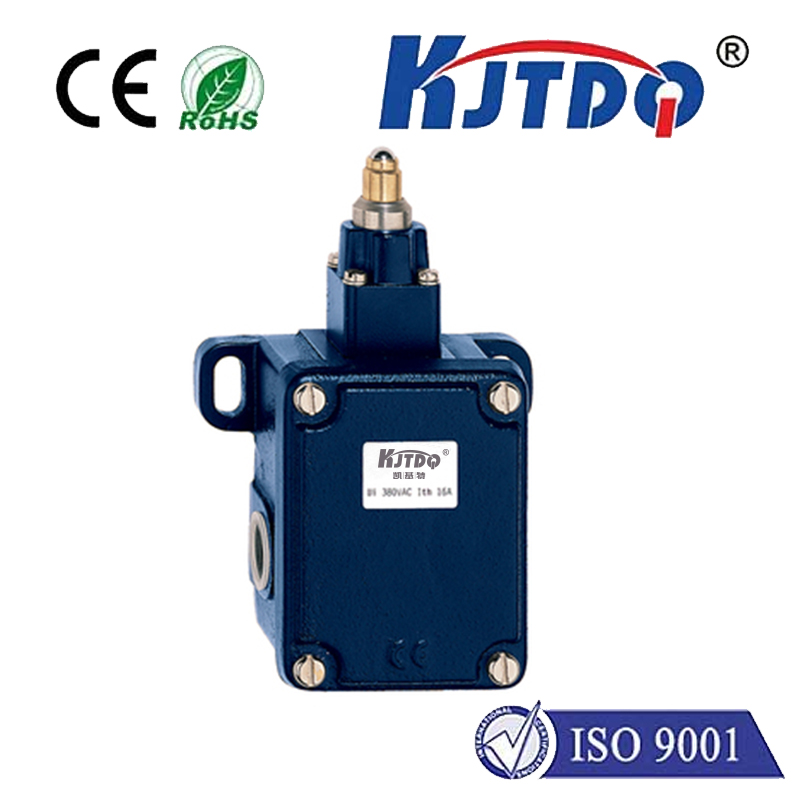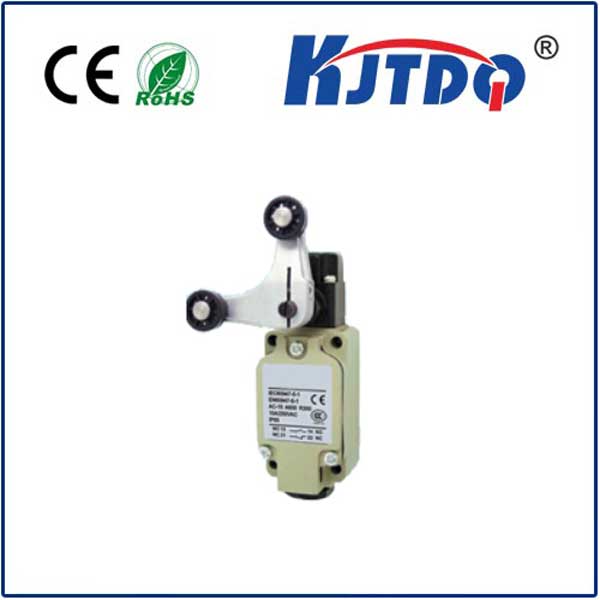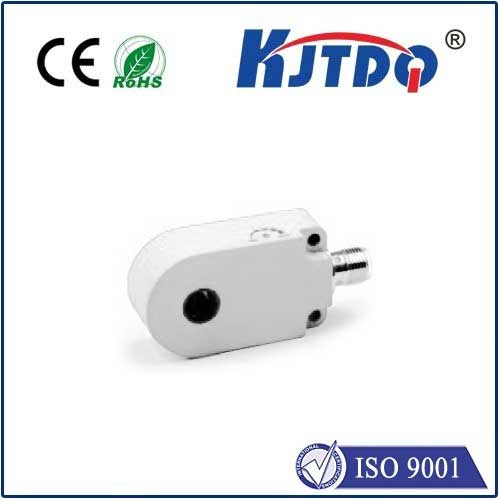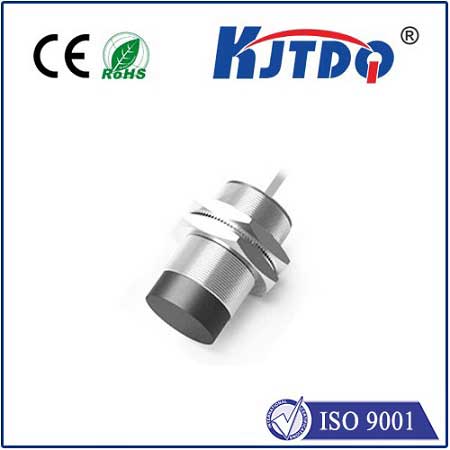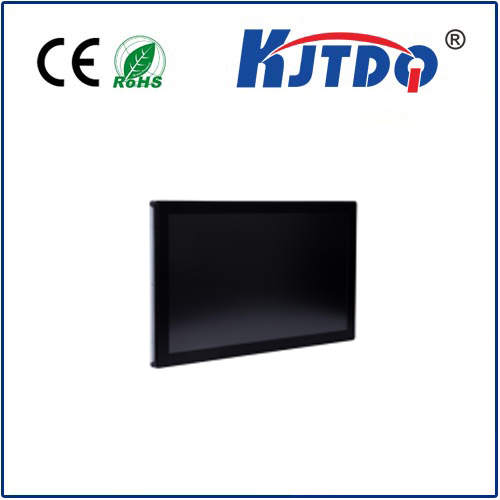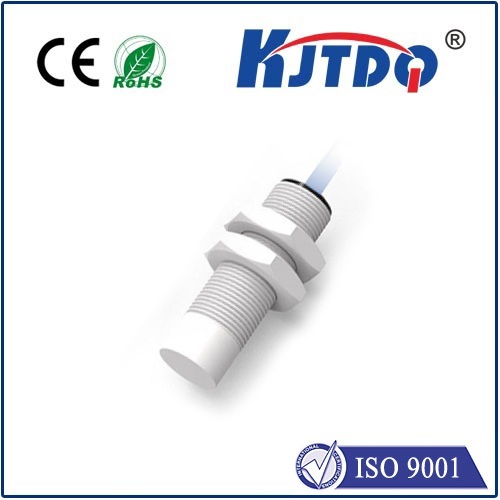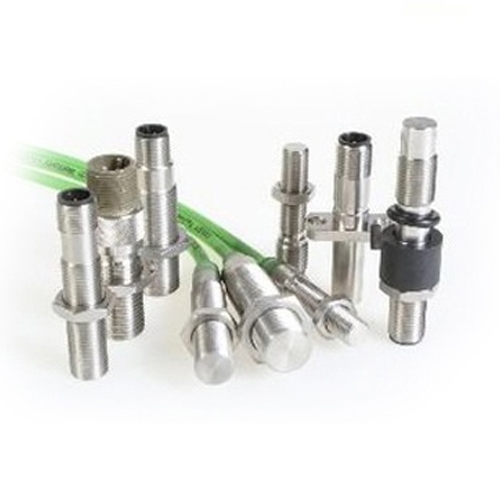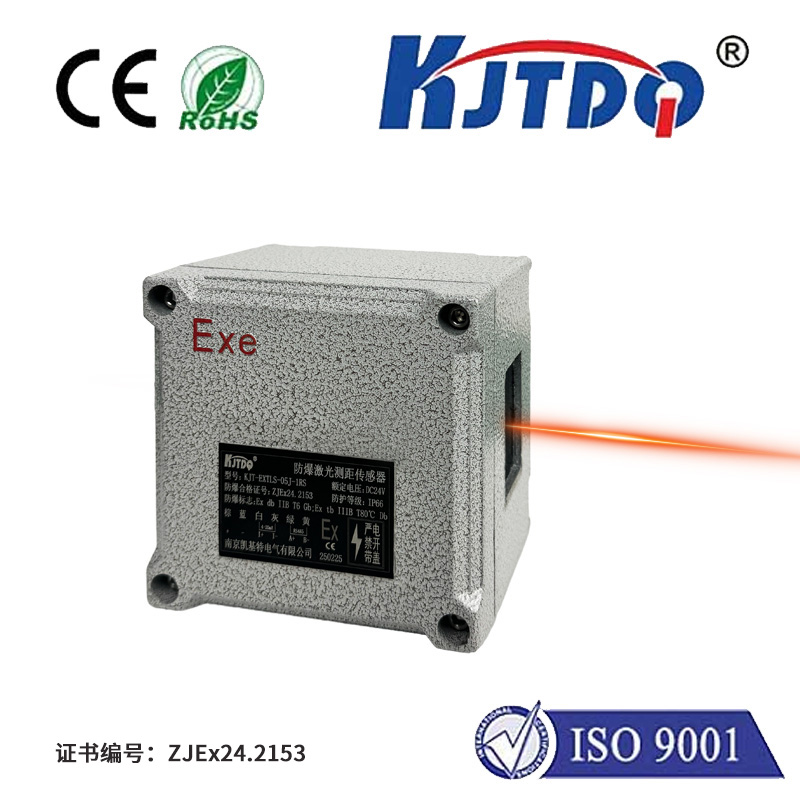

check

check

check

check

check

check

check

check

check

check
In the rapidly evolving world of technology, the measurement of temperature has always played a critical role across various industries. From medical diagnostics to industrial processes, precise temperature readings are fundamental for ensuring efficiency, safety, and quality control. Among the myriad of temperature measurement techniques available, fiber optic sensor temperature measurement stands out due to its unique advantages. This article delves into the advancements and applications of this cutting-edge technology.
Fiber optic sensor temperature measurement employs optical fibers to determine temperature changes within a given environment. Unlike traditional electrical sensors, these sensors use light instead of electricity to transmit information about temperature variations. A basic fiber optic temperature sensor consists of a light source, an optical fiber, and a detector. As temperature changes, it affects the optical properties of the fiber, which in turn alters the light passing through it. By analyzing these changes, precise temperature measurements can be achieved.
One of the primary benefits of fiber optic sensor temperature measurement is its immunity to electromagnetic interference (EMI). This makes it ideal for use in environments where EMI could disrupt electrical signals, such as power plants or near high-voltage equipment. Additionally, these sensors offer enhanced safety in explosive environments since they do not carry an electrical current that could spark. Another key advantage is their capability for remote sensing. Fiber optic sensors can transmit data over long distances without signal degradation. This feature is particularly useful in harsh or inaccessible environments where running wires would be challenging or dangerous. Furthermore, their small size and flexibility allow them to be easily integrated into complex structures or confined spaces.

Recent advancements have further propelled the capabilities of fiber optic temperature sensors. For instance, the development of distributed temperature sensing (DTS) systems enables continuous monitoring along the entire length of the fiber optic cable. This innovation allows for real-time thermal profiling over large areas, offering unprecedented insights into temperature variations across extended infrastructures like pipelines, bridges, and tunnels. Another breakthrough is the integration of machine learning algorithms with fiber optic sensor data. These algorithms can process vast amounts of temperature data to identify patterns and predict potential issues before they arise, enhancing preventative maintenance strategies in critical infrastructure and industrial applications.
The versatility of fiber optic temperature measurement finds applications across various sectors:
Healthcare: In medical procedures such as hyperthermia treatment for cancer, fiber optic sensors provide precise temperature monitoring to ensure effective and safe treatment delivery.
Aerospace: In aircraft and spacecraft, these sensors monitor engine temperatures and detect hot spots that could indicate mechanical failures or insulation breaches.
Energy: In power generation plants, especially those utilizing renewable energy sources like wind turbines or solar panels, accurate temperature monitoring is crucial for optimizing performance and preventing overheating.
Structural Health Monitoring: Bridges, buildings, and other civil engineering structures equipped with fiber optic sensors can continuously assess temperature impacts, helping to detect early signs of material fatigue or damage.
Fiber optic sensor temperature measurement represents a significant leap forward in temperature monitoring technology. Its inherent advantages, coupled with ongoing advancements, make it an invaluable asset across multiple industries. As research continues to push the boundaries of what’s possible, we can expect even more innovative applications and improved accuracy from these remarkable sensors, further solidifying their role in our technologically advanced world.
